13 Dance Masters Invited to Teach at Master Workshop, and Students Report on Learning Outcomes
Date of issue:2018-10-29
From the 24th to the 28th, under the coordination of the Teaching Affairs Office, International Office and other relevant departments, the Master Workshop was successfully launched. 13 renowned masters at home and abroad were invited to the Master Workshop to teach. They introduced different training systems and dance styles to the students. Some of them were invited to the China-CEEC Dance Culture Union. On the 28th, the Master Workshop, a good platform for communication and learning among students from around the world, held a closing presentation at the Black Box Theatre of Beijing Dance Academy.
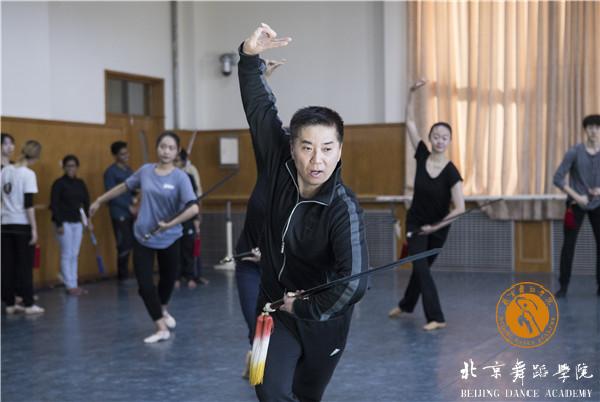
Professor Zhang Jun of BDA: Chinese Classical Sword Dance
Identify basic elements of sword dance teaching, such as point sword, tilt sword, cloud sword, holding method, dance postures, etc., and foster character images on stage in line with traditional Chinese aesthetic perceptions of strength, flexibility and moral uprightness.

Rosana Hribar: Modern Dance Training — Motions, Dialogues and Relations
Focus on the creation of motions, dialogues and relations, and the training of breathing and body movements as well as the coordination of rhythms and stamina through spatial and motional senses.
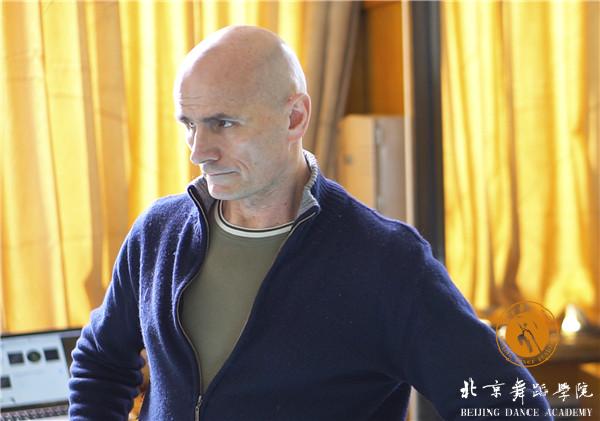
Jacek Luminski: The Role of Dance in Society
Place equal importance on theory and practice, and enable students to fuse familiar motion elements to create new understandings.
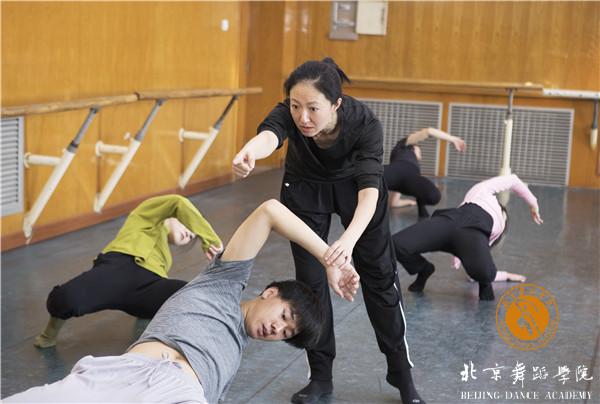
Professor Ma Nan of Beijing Dance Academy: Modern Dance Skills—Key Steps Training
Training on universal skills and forms of modern dance, with a focus on the formation of basic dance abilities.
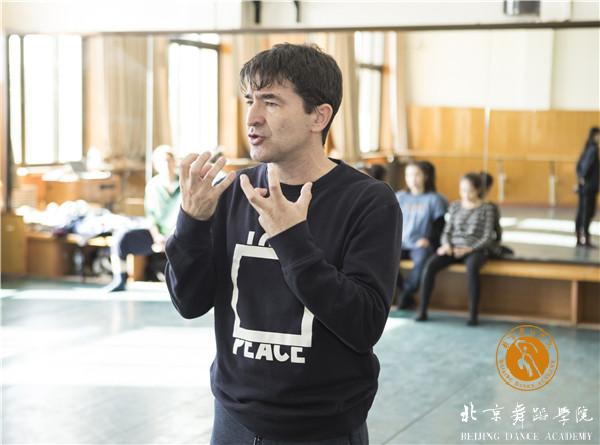
Vratislav : Modern Dance Training: in a Flash
Focus on the shifting of weight and floor support, driven by effective breathing, integrated body moves and artistic imaginations.
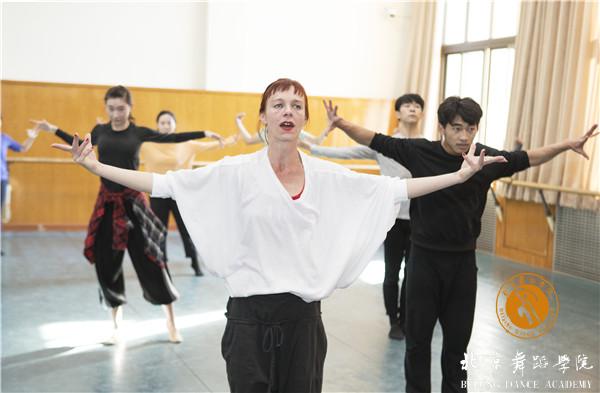
Nataša Novotná: Modern Dance Training: Gaga Techniques
Improve understanding of and amplify senses based on GaGa techniques, arouse sleeping parts of the body, develop awareness of habits, and improve motion efficiency in multi-layered tasks.
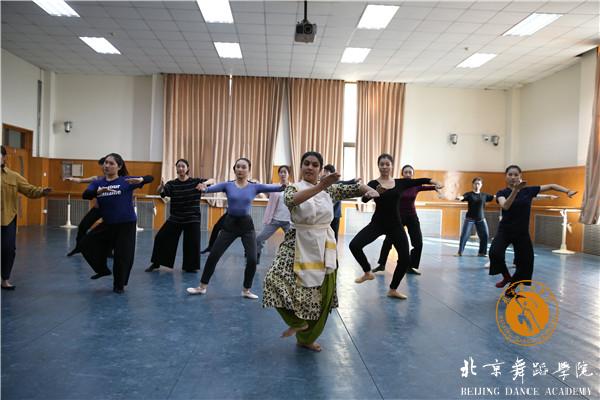
Parwati Dutta: Indian Odissi Dance
Training on Indian classical dance Odissi, including its basic moves, sculpture-like postures, dance steps and rhythms, as well as the pronunciation of various body moves and syllables, which are applied into narrative dance performances. 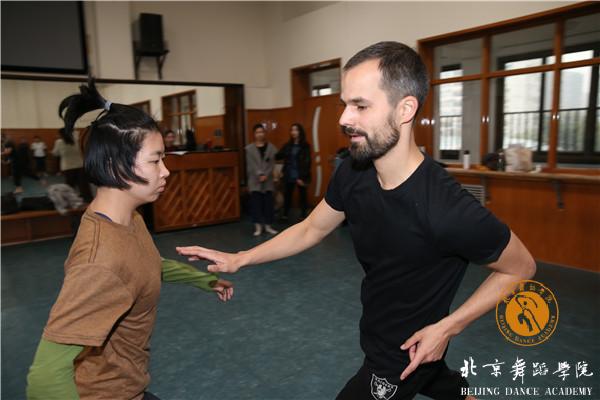
Karl : Modern Dance Training—Mobile Workshops
Floor moves, group dance, improvisations and effective ways to use the body, with a focus on the body’s spontaneous reactions instead of dance forms starting from touching the dance partner and using muscle forces unique to the individual dancer.
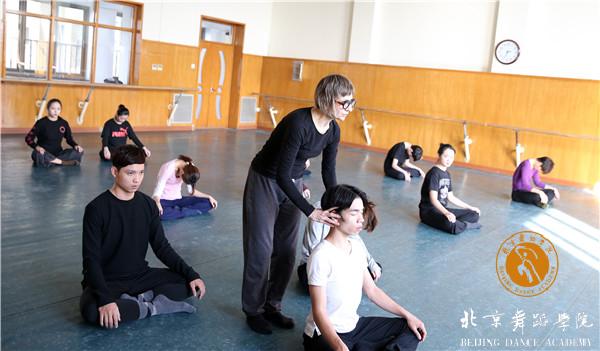
Miroslava Kovarova: Modern Dance Training——Diverse Expressions
Enable students to fully enjoy freedom and passion, and fully trust their body signals based on traditional José Limón techniques and Fledenkrais’ somatic pedagogy to help them understand and coordinate constantly changing postures. 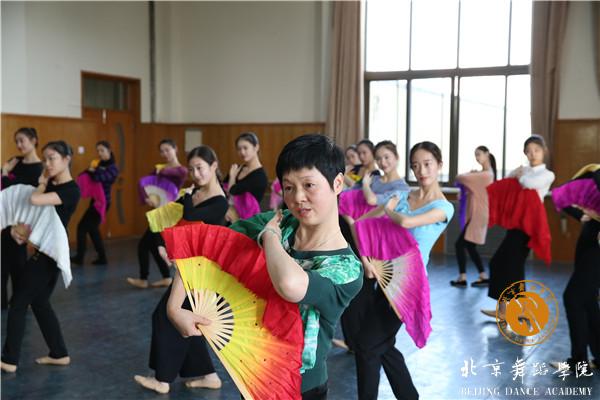
Professor Zhou Ping of Beijing Dance Academy: Jiaozhou Yangko
Develop curriculum by taking the female image as an example to follow the traditions of Yangko training in Beijing while adopting “element-based teaching” principles, with a view to fostering a new perspective on teaching materials based on short sentences of original Jiaozhou Yangko.

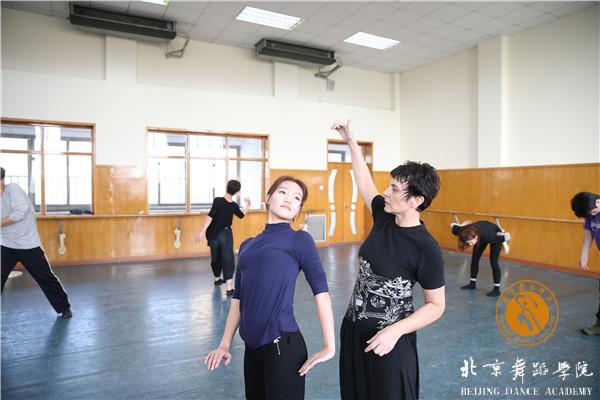
Risima Risimkin: Modern Dance Training—Moments in Space
Redefine the relations between space and dance textures in various ways, and encourage students to construct space using their own expressions and body moves.
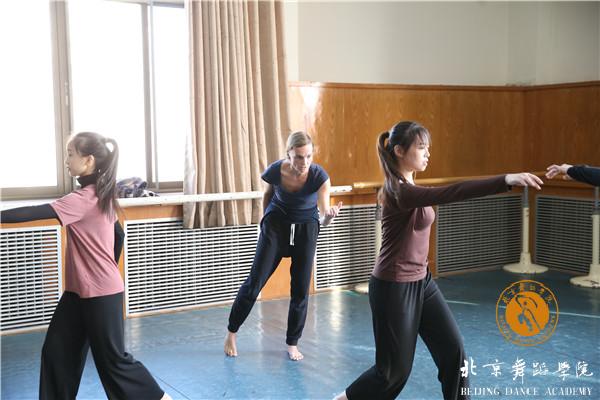
Zuzana : Modern Dance Training—Duncan Techniques
Help students explore the harmony of the human personality and cognitive capacities with the principle of the body, natural laws and nature centered around Duncan Techniques.
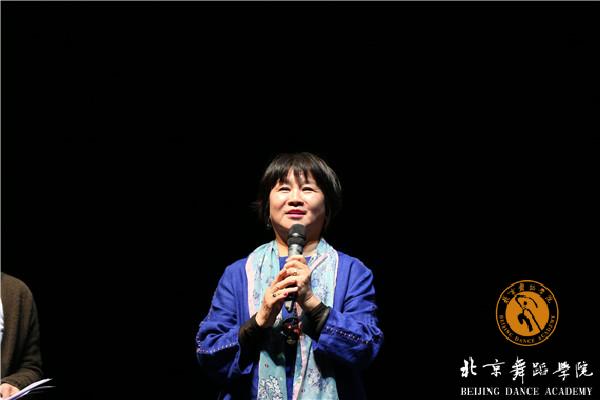
The afternoon of the 28th was the time for student performances as a way to present what they have learned from the Workshop. Before the performance, BDA Vice President Wang Wei expressed his gratitude to all the masters of the workshop as well as the participating students. She said that the mutual understanding among different cultures is the focus of this exchange activity. Through the exchange of dances, we would be able to understand and share in each other's cultures. Such communication will also help students generate new ideas for dances.
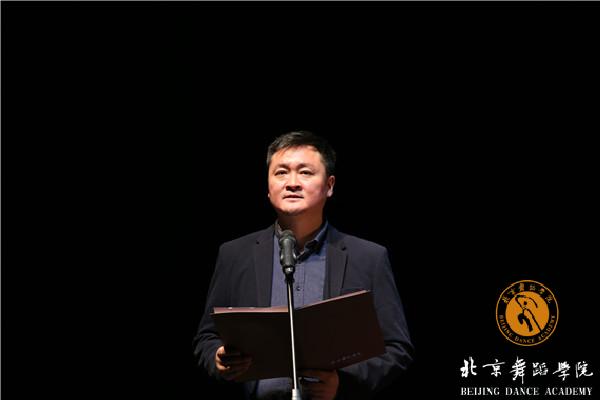
The closing presentation was moderated by Hu Huaibei, Deputy Director of Teaching Affairs Office and Director of the Center for Dance Teaching and Practice.

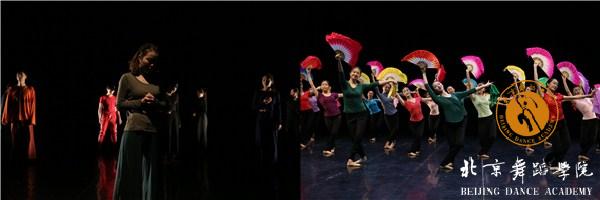

At the presentation, the students presented various forms of dancing they have learned in class, including improvisation, group dancing and traditional combinations, making full use of their body language for effective artistic expression.

The success of the event has greatly promoted cultural exchanges among countries and fully demonstrated that art is without borders, as the masters and students from different schools and countries worked closely with each other to present a culturally-inclusive performance.
(Publicity Department of CPC Committee in BDA Text/Zhen Zihan, Picture/Mou Ke, Yang Dongcai)
(Editor / Du Peng)



